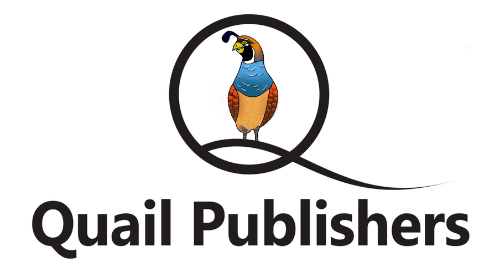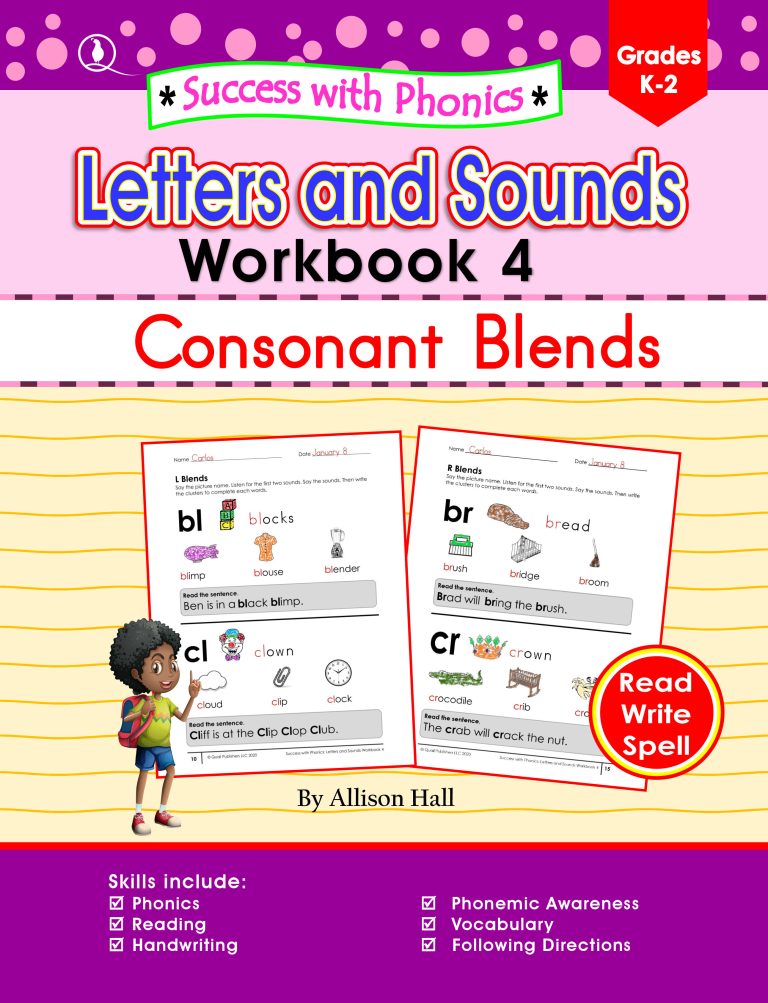The Bible is the most published and widely circulated book. It provides us with the teachings of Christ and has a major influence on our history and literature. The stories, symbols, and concepts in the Bible also make it an ideal resource to teach alphabet recognition. Indeed, mastery of alphabet recognition (knowing the letters and their sounds) and phonemic awareness (ability to hear, identify and manipulate sounds) are two predictors of early reading success. English is an alphabetic language; therefore, this pre-reading skill is also needed for children to understand the alphabet principle, that the letters represent sounds, and these sounds can be blended to form the words.
Most young children are first introduced to the alphabet when they learn the alphabet song and explore print in books and their environment. By the time they are three years old, most parents purchase a workbook/activity book to help their children to further master the alphabet. A good alphabet workbook helps children learn all aspects of the alphabet – the letter sounds, letter shapes, and other engaging, multi-sensory activities that promote reading.
Bible Phonics: A-B-C is an excellent alphabet workbook to help children explore the alphabet whilst learning more about the Bible. The workbook is designed to meet the unique learning styles of children, and their development needs, regardless of their age level. The book includes:
- An informative introduction that guides parents and teachers on how to use the book.
- Two reproducible activity pages which help children to learn the upper- and lowercase forms of each letter. One of the pages has a picture and the corresponding picture name which represents words beginning with the targeted letter sounds.
- Alliterative sentences to build children’s phonemic awareness skills. This also provides students with a connected story to reinforce the letter sounds, learn more about the Bible, and foster an enjoyment of reading. For example, Baby Moses is in the basket by the riverbank. Exodus 2:3
- Integrated concepts that further provide children with opportunities to master alphabet recognition and explore other themes. For example, animals in the Bible.
- Engaging in multisensory activities to foster children’s understanding of the sound-symbol relationships and build their vocabulary. For example, alphabet aerobics and alphabet hunt.
Consonant-vowel-consonant (CVC) words and word families to the emergent reader read simple sentences. For example, at, cat, bat, sat, rat. These words are CVC words and belong to the ‘at’ word family.



